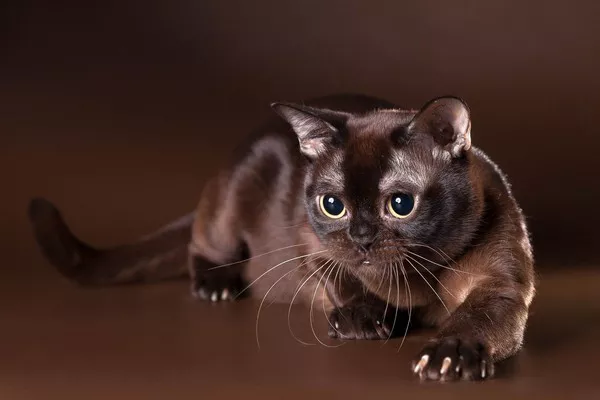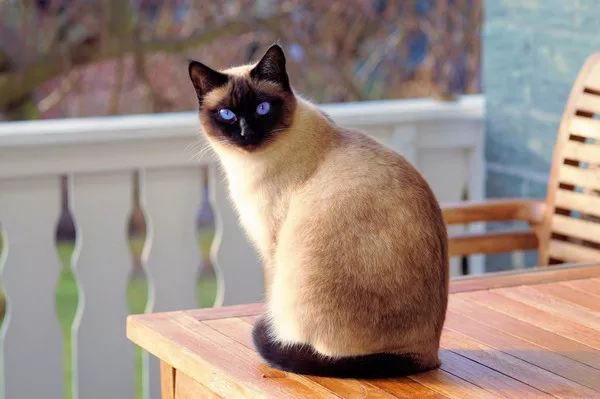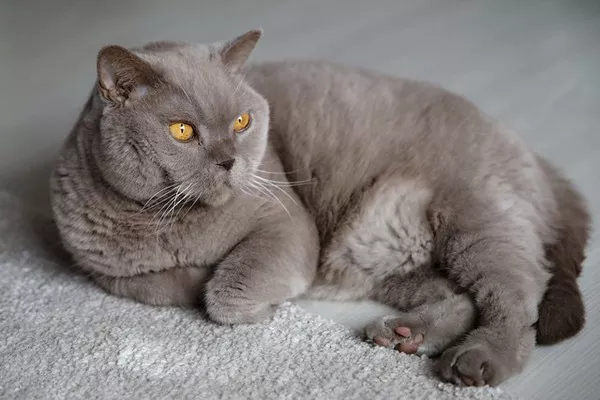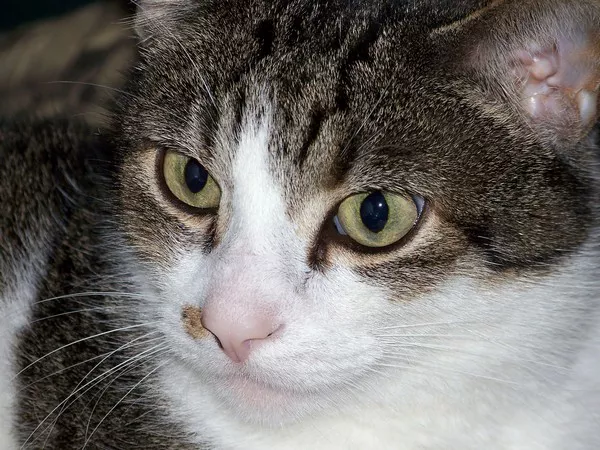The Burmese cat is a charming and affectionate feline known for its striking appearance and delightful personality. If you’ve ever wondered about the ancestry of these lovely cats, you’ll discover that they are the result of a fascinating blend of breeds. In this article, we will explore the genetic history of the Burmese cat and uncover the breeds that contribute to their unique characteristics and temperament.
The Origins of the Burmese Cat
To understand the breeds that make up the Burmese cat, we must first delve into their origins. Burmese cats hail from Burma, now known as Myanmar, where they were revered as sacred temple cats. They were believed to bring good luck and fortune to their owners. These cats made their way to the Western world in the early 20th century and quickly gained popularity for their beauty and loving nature.
The Ancestral Breeds
The Burmese cat is the result of selective breeding efforts that aimed to enhance specific traits while maintaining the breed’s distinct personality. The following breeds played pivotal roles in shaping the Burmese cat as we know it today:
1. Siamese Cats
One of the most significant contributors to the Burmese breed is the Siamese cat. Siamese cats, originating from Thailand (formerly Siam), have distinctive blue almond-shaped eyes, slender bodies, and a short coat with color points on their ears, face, paws, and tail. The introduction of Siamese cats into the Burmese breeding program in the early 20th century brought the beautiful blue eye color that Burmese cats are known for today.
2. Burmese Cats from Burma
The initial Burmese cats that made their way to the West were imported directly from Burma. These cats had a more diverse genetic background, which included the presence of chocolate and lilac coat colors. Breeding programs in the West incorporated these original Burmese cats to maintain the breed’s genetic diversity and unique coat colors.
3. American Shorthair Cats
To improve the Burmese breed’s health and broaden its gene pool, American Shorthair cats were introduced into the breeding program. American Shorthairs are known for their robust health and sturdy builds. Their contribution added strength and vigor to the Burmese breed, enhancing its overall well-being.
The Characteristics of a Burmese Cat
Now that we understand the ancestral breeds that make up the Burmese cat, let’s explore the distinctive characteristics and personality traits that result from this genetic blend:
1. Appearance
Burmese cats are medium-sized with well-muscled bodies. They have short, sleek coats that are soft to the touch. The coat color of a Burmese cat is typically a rich, warm sable brown, with a glossy finish. Their eyes are large, expressive, and typically a deep, vivid shade of yellow, known as “chartreuse.”
2. Temperament
Burmese cats are renowned for their affectionate and social personalities. They are often described as “people cats” because they form strong bonds with their human companions. Burmese cats are playful, intelligent, and enjoy interactive play and mental stimulation. They are known to be vocal and will engage in conversations with their owners, expressing their thoughts and feelings.
3. Energy Level
These cats have a moderate to high energy level. They enjoy playtime and interactive toys, making them a great choice for families and individuals who can provide them with mental and physical stimulation. Burmese cats can be quite active, and they thrive on attention and interaction.
4. Adaptability
Burmese cats are adaptable and can adjust well to different living environments. They are sociable and often get along with other cats and even dogs if introduced properly. Their adaptable nature makes them suitable for a variety of households, from singles and couples to families with children.
5. Grooming
Due to their short, sleek coats, Burmese cats have minimal grooming needs. Regular brushing to remove loose hair and occasional nail trimming and dental care are typically sufficient to keep them in top condition.
Breeding and Recognition
The breeding of Burmese cats is carefully regulated to maintain the breed’s integrity and health. Responsible breeders prioritize the well-being of the cats and adhere to strict breeding standards. In the United States, the Burmese breed is recognized and governed by cat breed associations such as The International Cat Association (TICA), the Cat Fanciers’ Association (CFA), and the American Cat Fanciers Association (ACFA).
Variations in Burmese Cats
While the standard Burmese cat is known for its sable brown coat, there are also variations within the breed that result from its diverse genetic history. These variations include:
1. Chocolate Burmese
Chocolate Burmese cats have a warm chocolate brown coat color. This variation is a result of the introduction of Burmese cats from Burma, which carried the chocolate gene.
2. Lilac Burmese
Lilac Burmese cats have a pale, lavender-gray coat color. Similar to chocolate Burmese, the lilac coat color was inherited from the original Burmese cats imported from Burma.
3. European Burmese
In Europe, Burmese cats have been bred separately from American Burmese cats for many years, leading to some differences in appearance. European Burmese cats may have a more moderate body type compared to the more robust American Burmese.
Conclusion
The Burmese cat is a delightful and affectionate breed with a fascinating genetic history. It is the result of carefully planned breeding efforts that incorporated Siamese cats, original Burmese cats from Burma, and American Shorthairs. The outcome is a cat with a stunning sable brown coat, striking chartreuse eyes, and a playful yet loving personality.
Burmese cats are known for forming strong bonds with their human companions and thrive on social interaction. Their moderate to high energy levels make them a great choice for families and individuals who can provide them with the attention and playtime they desire.
Whether you are considering adding a Burmese cat to your family or simply curious about their ancestry, understanding the breeds that contribute to this beloved feline’s genetic makeup sheds light on the remarkable characteristics and temperament that make the Burmese cat truly special.






















